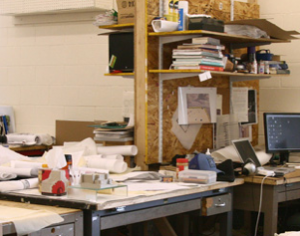
Everyone knows that architecture students are always in studio. As an architecture student you are expected to pull all nighters and go days without sleep right before your final presentation. Stuck in Studio is a way to give architecture students a way to connect with other architecture students, a way to find a job after graduation, and overall a way to take a break from that project you have been slaving over for the last 6 hours straight.
 RSS Feed
RSS Feed






 January 10th, 2011
January 10th, 2011  admin
admin  Posted in
Posted in  Tags:
Tags: 

